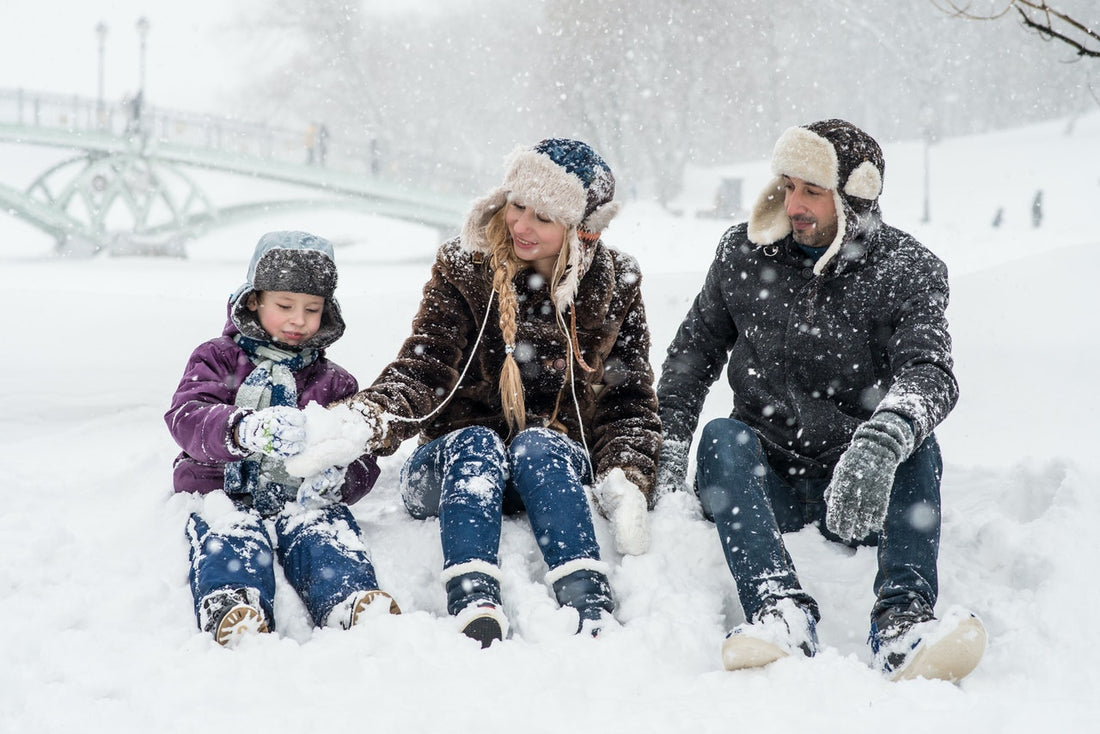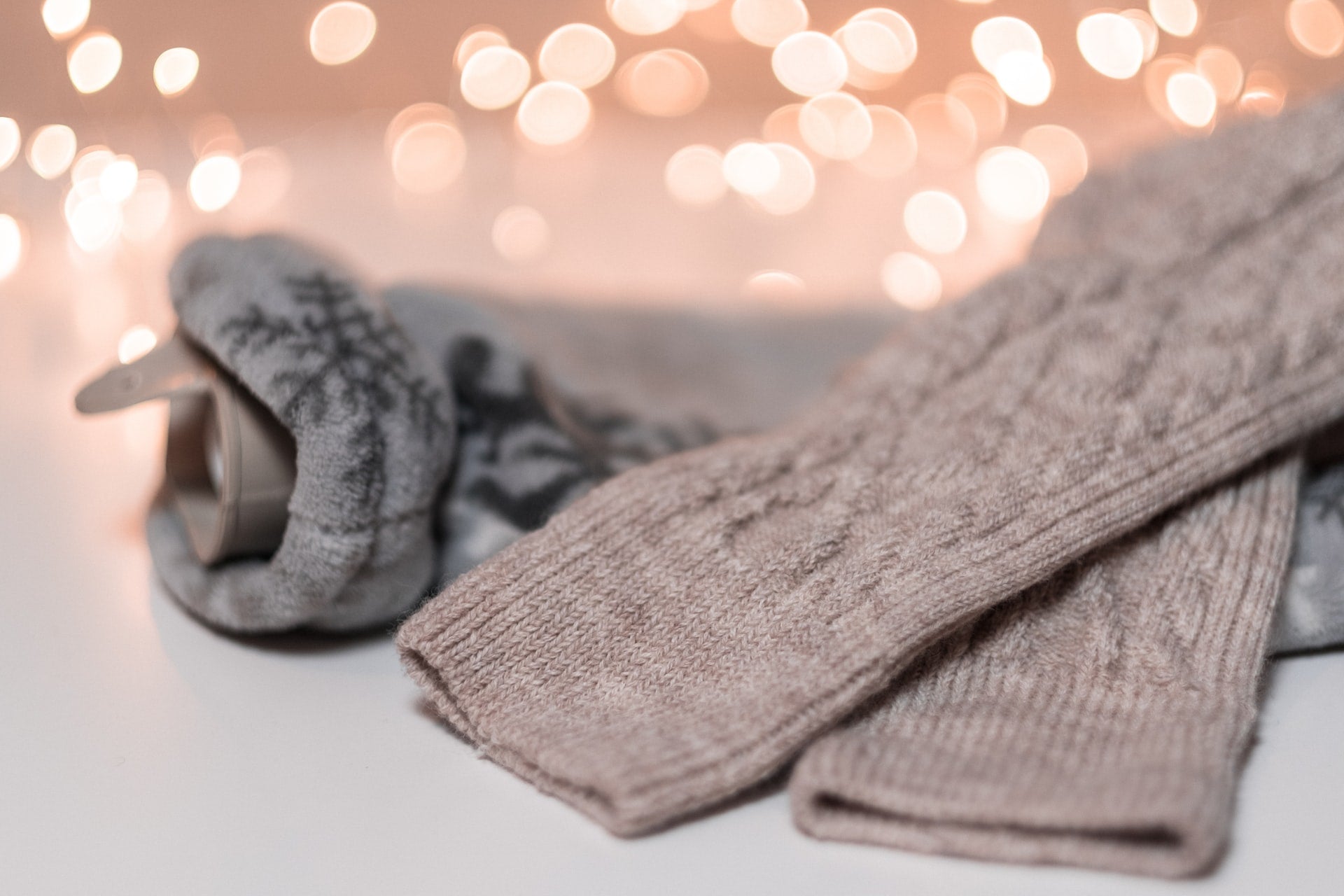One thing you can bet on here in the UK is plenty of cold weather. Getting out and about when it’s cold is something we Brits do instinctively. We’ve come to accept our climate for what it is, but especially with the price of heating our homes skyrocketing this winter, it’s more important than ever to know every way to keep the cold at bay.
Keeping warm and cosy in even the worst of the weather is still a big challenge for many. Despite contending with chilly conditions for decades, you’ll likely still find your teeth chattering Jingle Bells when Jack Frost comes a-calling.
Which is precisely why we thought we’d share this brief, insightful guide to layering. We want to equip you with everything you need to know to choose the right layers this December, and highlight a few of our top picks, too.
Because there’s nothing quite like feeling snug and warm during the winter… Except perhaps not breaking the bank when those heating bills hit!
The Importance of Layering
Layering isn’t just some random approach to staying warm with no scientific basis. Quite the opposite. Proper layering can be so much more effective and efficient than simply wrapping yourself in one super-thick layer.
The importance of layering lies in three things.
- With strategic layering, each of your layers performs a different, crucial role: keeping your skin dry by wicking away moisture; protecting you from the assault of the weather; helping retain body heat.
- Layering naturally brings the benefits of additional insulation. Wearing layers means creating pockets of air between the layers, significantly boosting their combined protection from the cold.
- Proper layering means versatility. It’s being able to temporarily shed layers whenever you need to. Whether that’s at home on the couch or during a brisk winter hike or Christmas Day stroll.

A Simple Winter Layering Guide
You can approach layering in a wide variety of ways. From socks to thermals to jackets, it’s a case of finding what works best for you.
The key to effective and efficient layering lies in understanding the three essential layers. These are your base layer, your mid-layer, and your outer layer. Each plays an equally important role in keeping you warm, dry, and comfortable.
1. Base Layer
Contrary to popular belief, the base layer is the most important layer to get right in winter. This is basically the layer that will serve as your second skin, and make the biggest difference in keeping the cold at bay.
Choose a material that’s comfortable and can wick moisture away from your skin to prevent rubbing and chafing.
Merino wool is a fantastic choice for your base layer; it’s lightweight, breathable, and exceptionally comfortable. Not to mention, just about as toasty warm as it gets!
In our opinion, natural fibres are always a smarter choice than synthetics as a base layer. Regular sheep’s wool, cashmere, and silk are also options, but Merino Wool combines the best of all worlds.
2. Mid Layer
This is the layer that determines how efficient the insulating properties of your whole getup will be. Focusing on heat retention is important, but you also need to be mindful of breathability.
Wool and down are the first materials that come to mind, which are great whether layering socks, trousers, or tops. Fleece is a popular mid-layer option, which is highly cost-effective but not fantastic where moisture is concerned.
Keep in mind, too, that socks and garments are available in a variety of different weights and thicknesses, whether they’re made of Merino Wool or natural fibre blends.
If you’re lounging around inside and out of the wind’s reach, you’ll find lighter weights more than suitable enough for your mid-layer. If you’re trekking out and about in sub-zero temperatures, however, heavier weights will serve you better.
3. Outer Layer
Choosing the right outer layer is about protecting your body and your lower layers from the harshest weather conditions. A good outer layer will offer protection from wind, rain, snow, and all types of moisture.
A waterproof outer layer is more or less essential, anything else will let water soak through the fabric and compromise your inner layers.
And, as with any layer, breathability is also crucial. It’s how you’ll stop things from getting too uncomfortable. Of course, get it right with your base and mid-layer and it might not be necessary to go for the usual heavy and bulky outer layer.
Our Top Product Recommendations
Keeping warm in the winter is always easier with the right layers. And we hope that we’ve given you what you need to make an informed decision based on your needs.
But we’re not stopping there. Why not check out our top picks, each with warm and cosy winter living woven into their fabric:
- High-efficiency thermal underwear for maximising heat retention (or try these thermals with silk for some extra luxury!)
- Woollen-silk blend long johns for day-long comfort and warmth.
- Beautiful merino wool & silk tops for luxurious layering.
- Heavier weight socks for wearing wellington boots.
- Our range of ski socks for men, women, and children.
- A wide range of hiking socks in various lengths and thicknesses.
- Running socks for warmth and comfort in cold conditions.
- Our fine selection of women's hats and scarves (or men's!)
Additional Tips for Effective Layering
Effective winter layering will always involve an element of trial and error. What works for some people isn’t ideal for others. Even so, these pointers can’t really steer you wrong…
1. Always Anticipate Your Body Temperature
Take a moment to think about how warm (or cold) you’re likely to get during whatever you have planned. Just because it’s cold outside, doesn’t mean you can’t work up a serious sweat! Likewise, it’s easy to take it too far inside and find yourself getting clammy under too many layers.
Listen to your body and adjust to its needs.
Shed those extra layers the moment you begin feeling excessively warm, and cosy back into them the moment you start feeling your temperature drop. This is also something to be mindful of when putting on your winter socks, as there’s usually no coming back from soggy feet or frozen toes.

2. Protect Your Feet, Your Face, and Your Head
These are the body parts responsible for most heat loss at any given time. As such, they are the body parts to prioritise where warm clothing is concerned.
The right pair of winter socks (or a couple of layered pairs) can make all the difference in the world. Liner socks are great for wicking away moisture to keep your feet dry, warm, and comfortable. Mid-weight hiking socks offer fantastic protection from the worst of the weather, while heavy socks are as good as it gets for extreme conditions. Of course, keep in mind, the right materials are still a crucial component to consider.
Warm hats are also essential if you’re out and about, but be careful to choose wisely and listen to your body to avoid profuse sweating. A soggy hat in biting conditions really is the last thing you want.
You also can’t go wrong with a scarf, snood, or balaclava to protect your face.









 (
(